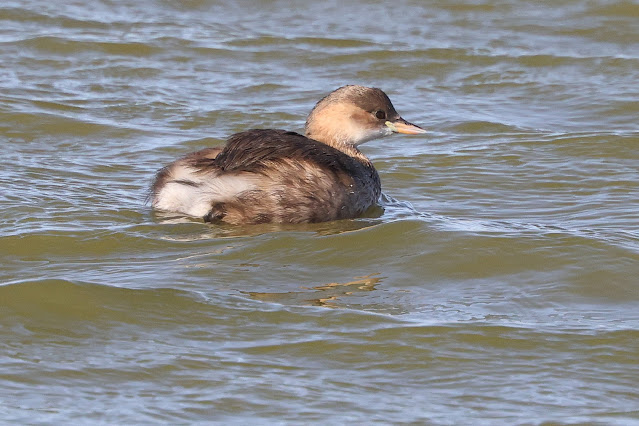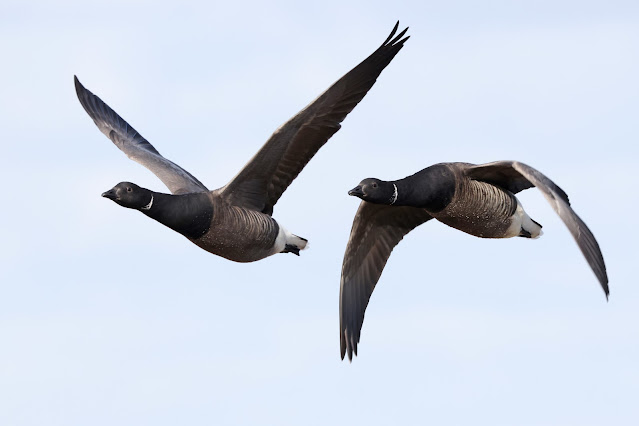10th October 2022
The visitor centre is still shut due to the ongoing cafe installation and centre refurbishment so we set off down the trail.
Despite nearing the middle of October it was still very mild and warm enough to support a few surviving insects including Small White, Common Darter and the hoverfly Episyrphus balteatus, the Marmalade Fly.
Here at Frampton the RSPB not only manage the various grassland, marshland, reed beds and scrapes but each year sow large sections of bird crops such as Sunflowers which are a favourite of House Sparrows, Goldfinches, Greenfinches and the occasional Brambling.
The House Sparrows and Goldfinches are fairly confiding, but the Greenfinches are a lot more difficult to approach. However, it was encouraging to see the Greenfinches making a comeback with flock of 25+ birds after being decimated by the disease Trichomonosis.
Out on the water there were the usual suspects including Little Grebes, Teal, Shelduck, and some returning Pintail.
But today the most impressive sight were the hundreds of Wigeon that have already returned and luckily they were continually changing location allowing some flight shots in the glorious sunshine.
The water in front of East Hide was very low and nothing around until a party of five Little Stints flew in. They were always a little bit distant but I did manage to get a few shots before they departed as suddenly as they arrived.
Now on to the geese. There were a few Canadas around but they were staying on the ground out in the middle of the reserve. In fact even the Greylags were fairly inactive.
Luckily hundreds of Brent Geese had already made the journey back and were forever flying from The Wash on to the reserve allowing some great opportunities for some flight shots.
Well, what a fantastic way to end the day. We were walking back to the car park when I heard what appeared to be a rather high-pitched "wink-wink-wink" and shouted out "Pink-feet". I saw a group of geese flying across the road and put my binoculars up to count them. Just imagine my surprise when the seven birds turned out not to be not Pink-footed Geese but Red-breasted Geese, which accounts for the slightly higher pitch of the call. Luckily they landed reasonably close to the path.
The group were two adults and five young and it transpires that the two adults have blue rings and have escaped from a collection but subsequently have bred in the wild hence the five un-ringed youngsters.
Well, another fantastic day at Frampton and what an unexpected ending!!!!





















































No comments:
Post a Comment
Note: only a member of this blog may post a comment.